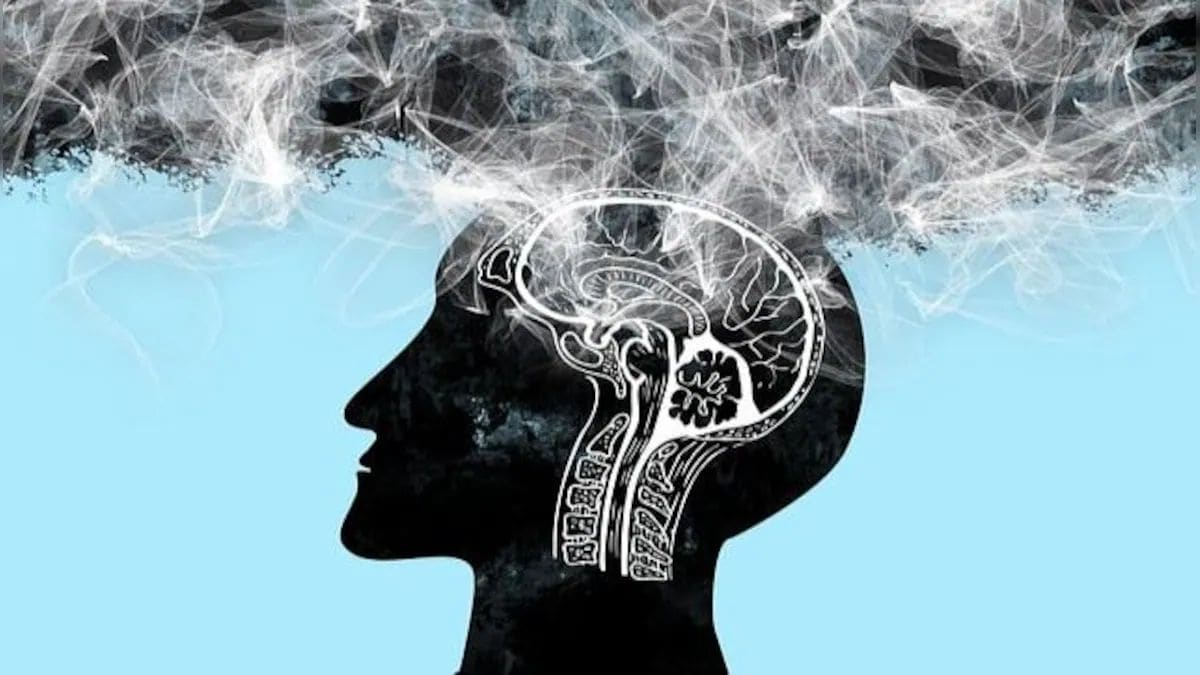How alcohol is far more likely to cause cancer and other health issues in women than men READ MORE: US women binge drinking more than men for first time in history By Cassidy Morrison Senior Health Reporter For Dailymail.Com Published: 14:49, 18 August 2024 | Updated: 14:49, 18 August 2024 e-mail View comments For the first time ever, binge drinking rates in women are catching up to those of men - and the rates of deaths linked to alcohol use are rising faster among women than men. While many women may pride themselves on being able to hold their liquor, more of them than ever are drinking themselves sick.
Rates of alcohol use disorder have typically been much higher in men, according to Yale psychiatry professor Dr Sherry McKee, but over the decades, they've been converging ‘and those rates are getting very close to one-to-one.’ The rising number of women who binge drink is having devastating consequences and rates of women's deaths due to alcohol are rising nearly 30 percent faster than men's. Men still outpace women in terms of alcohol related deaths - approximately 120,000 male deaths to 59,000 female deaths, but alcohol has a far greater impact on women's health, including a higher risk of brain damage and cancer .

Alcohol suppresses another brain chemical - glutamate - which is responsible for brain activity and energy levels, leading to a slowing down of thoughts and feelings Alcohol-related deaths are rising in both women and men, but they're rising faster in women Women appear to be drinking at higher rates than men. An analysis of six different surveys concluded between 2000 and 2016, the number of women 18 and up who drink every year grew by six percent but decreased 0.2 percent for men.
The number of women who binge drink, meanwhile, increased by 14 percent but only 0.5 percent for men. Women have more fat tissue than men, fat tissue in which alcohol cannot dissolve, so the toxins remain in their bloodstream for longer, giving alcohol ample time to wreak havoc on the body, damage the brain, and destroy the heart and blood vessels.
It has been posited recently, despite now-debunked claims that a glass of red wine with dinner is heart-healthy, that no amount of alcohol is safe . Women are recommended to consume no more than seven drinks per week, one per day, while men can drink 14 drinks per week, or two or fewer in a day. Exceeding these guidelines and drinking in excess can cause brain damage more quickly in women than in men, but the true extent of the damage and how quickly it comes on is still under investigation.
Dr McKee said: ‘Women are more vulnerable to the neurotoxic effects of alcohol, so [that means] more neurodegeneration. ‘We think that there's a general process of inflammation that's more likely to happen in women than in men as a result of drinking, and this is partly one of the reasons why women are more susceptible or have exacerbated health risks from drinking.' Neurotoxic effects can cause a range of symptoms, from a reduction in brain volume, brain shrinkage, brain cell death , breakage of nerve fibers and inflammatory stress.
Alcohol activates the immune system in the brain and a specific type of receptor meant to detect harmful invaders like bacteria and viruses and alert the body. But chronic drinking can make this receptor more sensitive than normal and keep it on a heightened alert, leading to an exaggerated immune response that can end up harming the body and ramping up inflammation. Although males still outpace females for most alcohol-related measures, the gaps are narrowing A 2013 experiment saw this play out in mice.
Chronic exposure to alcohol caused inflammation, cell damage and brain cell loss in both male and female mice, but the effects were more pronounced in female mice. Researchers found long-term alcohol consumption led to brain injury by activating the immune response in brain cells. Women are typically underrepresented in medical research, meaning many questions about how alcohol specifically affects the female body remain unanswered.
One thing researchers know for sure is that women have a higher water-to-fat ratio, meaning women tend to have higher body fat than men but a lower total body water percentage. Alcohol is not dissolvable in fat, only water. So men, who have a higher body water percentage, typically have less alcohol circulating in their bloodstream than women even if they drank the same amount.
Dr Julia Adamian, an internist at NYU Langone Hospital, said: ‘Three drinks in men and three drinks in women, they do have a different effect. ‘Women would have higher blood alcohol levels because of that [higher fat] to water ratio. The immediate effect [of drunkenness] will be much quicker, and [alcohol] does last longer in the blood.
’ Women’s bodies also produce less of an enzyme called alcohol dehydrogenase (ADH), which is released in the liver and breaks down alcohol in the body. For past-month alcohol use and reports of being drunk females both in and outside of college exceeding the levels among their male counterparts Women whose deaths are tied to alcohol use over a long period of time are due to chronic conditions, ‘whereas the majority of men who are dying from alcohol are dying from acute causes, like an accident,’ according to Dr McKee. She added: ‘Women have faster progression of alcohol use disorder, are most susceptible to blackouts, liver disease, heart disease, cognitive deficits, and certain cancers.
' 'Along with that, there are greater cognitive deficits. There are greater effects on their cardiovascular system, and they have larger increases in certain cancers.’ In addition to deaths linked to alcohol, visits to the emergency department for alcohol-related problems are higher in women than in men.
Between 2006 and 2014, men had more alcohol-related ED visits overall, though the rate of these visits grew faster among women than men during the study period — 5.3 percent annually for women compared to four percent for men . This increase was mainly due to a higher rise in ED visits related to chronic alcohol misuse among women, which grew by about seven percent annually, compared to 4.
5 percent for men. Read More What happens to your body when you stop drinking Alcohol has been shown to damage organs, including the brain and nervous system, the heart, liver, and pancreas. Alcohol itself is a toxin that causes cell damage and inflammation as it's metabolized.
It can increase blood pressure and contribute to the development of heart disease, interferes with the body's ability to absorb nutrients, and suppresses the immune system. Compared to women who don't have a history of binge drinking, those who do have a roughly 45 percent higher risk of heart disease, while moderate drinkers have a 29 percent higher risk. Drinking more than three drinks per day can also increase the risk of pancreatic and stomach cancers.
Moderate to heavy drinking has been linked with a 1.5-fold increase risk of colorectal cancers, a two-fold increased risk of liver cancer, and a five-fold increased risk of oral cancers. When the body metabolizes alcohol, it produces acetaldehyde, a toxic compound that can damage DNA and proteins in cells, leading to mutations and the potential growth of cancer cells.
It can also increase estrogen levels in women, which has been linked to a greater risk of developing breast cancer and other hormone-related cancers. Share or comment on this article: How alcohol is far more likely to cause cancer and other health issues in women than men e-mail Add comment.

















